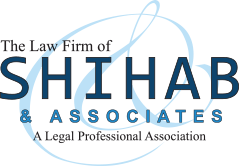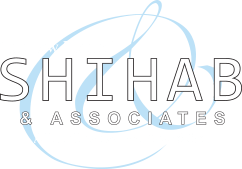The E-2 “treaty investor” visa allows a foreign investor to come to the United States to develop and direct the operations of an enterprise in which the investor has an active investment. The E-2 does not require any minimum investment, so it is flexible enough to allow many smaller investors to realize their dream of opening and running a business in the United States.
Instead of a minimum investment, the E-2 requires that the investment pass a subjective “marginality” test. If the investor’s business “does not have the present or future capacity to generate more than enough income to provide a minimal living for the treaty investor and his or her family,” the business is considered marginal and the visa (or its renewal) will be denied. Marginality has become enough of an issue to generate several articles in the New York Times chronicling E-2 denials of small business investors, such as “Maine Business Is Shut Without a Renewed Visa” and “A Town Fights to Save an Oasis of Baguettes.”
Can an investor use other income – income not generated from the investment itself – to pass the marginality test? Courts say yes, and have reversed denials where the investor’s non-investment income was not considered. This happened in Matter of Kung, a 1978 decision by the Board of Immigration Appeals, as well as in Chung v. INS, a federal district court decision from 1987.
Furthermore, the Department of State’s own book of rules for issuing visas, the Foreign Affairs Manual, used to state that “it becomes necessary to consider other factors” to determine marginality if the income from the investment did not exceed what was necessary to support the investor’s family. This was part of a two part test for analyzing marginality, and the language was certainly in line with the court decisions that allowed examining such income.
In 2009, the Department of State changed the language of the Foreign Affairs Manual that described the marginality analysis. It eliminated the two part test and shifted the emphasis to the investment enterprise itself, rather than what the individual investor could show. Most importantly, the “other factors” language was eliminated. Some practitioners and commentators believe that taking this language out means that non-investment income cannot now offset an investment’s marginality. For example, Ira J. Kurzban’s Immigration Law Sourcebook regards the deletion as “confirm[ing] that evidence of other income is no longer a factor that may be considered.”
However, neither Matter of Kung nor Chung v. INS used the “other factors” language as support for their decisions.Rather, Matter of Kung focused on other language in the regulations regarding marginality, stating that “a ‘small amount of capital in a marginal enterprise solely for the purpose of earning a living’ must be applied to a given situation in its entirety.” (emphasis added) Even if the “other factors” language was added to the Foreign Affairs Manual as a result of Matter of Kung, taking that language out again does not affect what the case stands for: that it is an error to not allow non-investment income to overcome the marginality test for an E-2 applicant.
Because of this, potential investors should not be discouraged from considering the E-2 visa because of the size of the investment or its initial ability to generate income, particularly if they have other income or assets with which to support themselves. Marginality is just one of several complex requirements of the E-2 treaty investor visa. Because of the complexity and care with which E-2 visas must be prepared, potential investors should consult a competent and experienced attorney to help them achieve their dream of business ownership in the United States.


